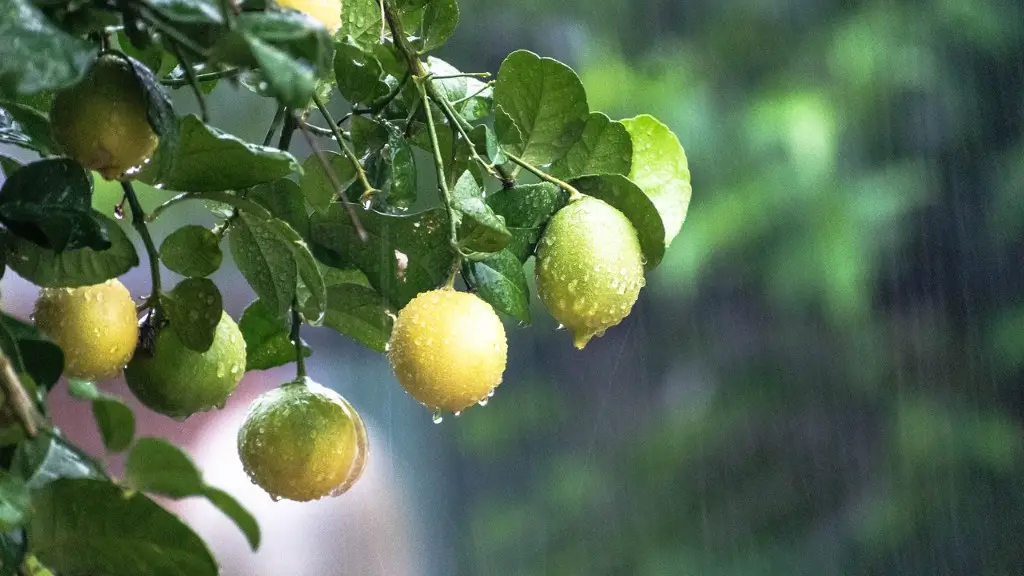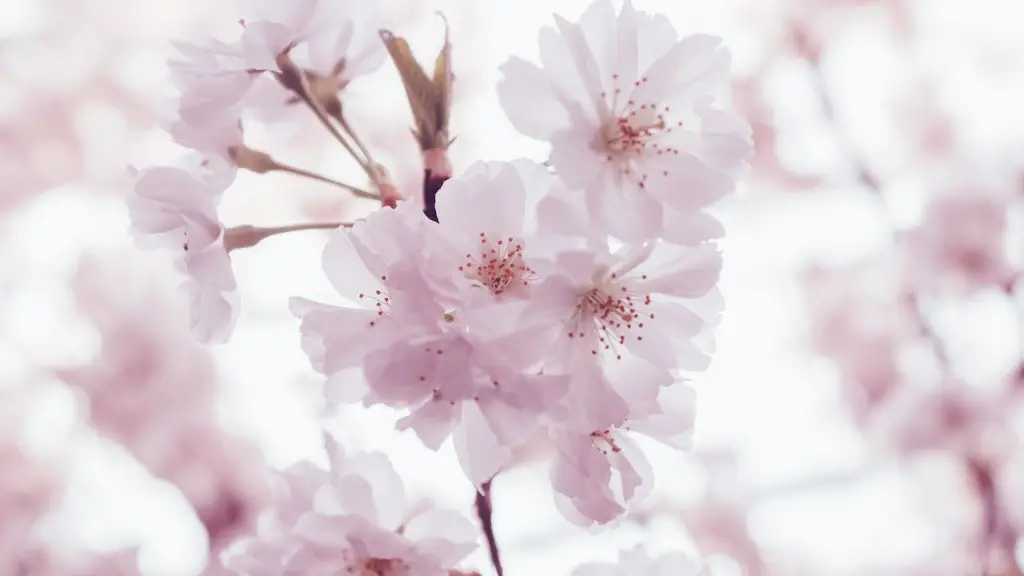Meyer lemon trees are becoming more and more popular in different countries and regions as they provide sweet and flavorful citrus fruits. There’s a range of places you can plant your own Meyer lemon tree, but making sure you pick the right spot can make a massive difference to the success of your tree. In this post I’ll cover some of the best places to plant Meyer lemon trees to ensure you get the most out of them.
The first step to planting a Meyer lemon tree is to find an area of land that has at least six hours of direct sunlight each day. This can be tricky if you live in a densely populated area or have a lot of buildings close by, but it is essential for the productivity of the trees. If there’s significant shade for much of the day, meyer lemon trees won’t get the right amount of energy to reach their full productivity. If you can’t find an area of land with six hours of direct sunlight each day, a greenhouse or conservatory with good light is a perfect alternative.
The soil also needs to be taken into account when choosing where to plant your Meyer lemon tree. A sandy loam with plenty of organic matter is the ideal type of soil for a lemon tree, as it has good drainage, air capacity, and moisture holding capacity. To test the soil, you can do a pH test, which you can pick up from most garden centres. The ideal pH range for a Meyer lemon tree is 6.5 to 7.5
Meyer lemon trees also need to be planted in an area with adequate space in order to get enough nutrients from the soil and sunlight. You’ll need at least 10 feet of space on either side of the tree to remove any competition from other plants, and the Meyer lemon tree should be the tallest thing in the area. If the tree is planted in any soil that is too shallow, it can become root-bound, which reduces the health of the tree, and the fruit it yields.
Water is an essential ingredient for healthy Meyer lemon trees, as the tree will need to be watered for the first two years of its life. Make sure to research what the average rainfall is in your area, and adjust your watering routine depending on this. In areas with high average rainfall, one or two deep waterings each week should be plenty. However, in arid climates up to one inch of water per week can be required.
Overall, finding the right place to plant a Meyer lemon tree can be time consuming, but in the long run it pays off. If you follow the advice mentioned in this post, you’ll be able to reap the benefits of a flourishing Meyer lemon tree.
Location
Choosing a suitable location to plant your Meyer lemon tree is essential and can lead to a longer life-span and higher yields. Meyer lemon trees generally do best in full sun, so finding a spot that gets at least six hours of direct sunlight is optimal. If this isn’t an option, a greenhouse or conservatory could also be a viable alternative. Also bear in mind that the tree will need to have plenty of space around it to get enough nutrients from the soil and sunshine, so plan accordingly.
Soil
The quality of the soil is just as important as the location when deciding on where to plant a Meyer lemon tree. The soil should be a sandy loam with plenty of organic matter, as this will have great drainage, air capacity, and moisture holding capacity. You can also carry out a pH test to see if it’s within the ideal range of 6.5 to 7.5. If the soil is too sandy or too clay-like, the tree won’t be as successful and won’t yield as many fruits.
Moisture
Meyer lemon trees require regular watering to stay in good condition and produce plenty of fruits. To make sure you get this right, research the average rainfall in your local area and adjust your watering routine accordingly. If it is particularly dry, you’ll need to water one to two times a week, gradually increasing to up to one inch of water per week. Don’t forget to factor in rain showers and the water the tree collects from the ground, so you don’t over-water.
Pruning
Pruning will help your Meyer lemon tree to grow healthy, strong, and productive. You should aim to remove dead, broken, or diseased branches regularly to keep the tree in good condition. Be sure to remove any branches that are growing inwards or crossing with other branches, as this can reduce air flow and increase the risk of pests and diseases. Also, try to cut away shoots that come up from the ground, as this will prevent the tree becoming root-bound.
Nutrients
Planting a Meyer lemon tree is only the first step in caring for it; you should also look into how to keep it nutrient-rich throughout its lifespan. Periodically adding a fertilizer to your Meyer lemon tree will give it a helping hand and stop it from becoming nutrient deficient. Alternatively, you could try adding compost or manure to the soil. Doing this will give the tree all the essential macro- and micronutrients it needs to stay healthy and strong.
Protection
It’s worth investing in a few measures to protect your Meyer lemon tree from the elements, particularly if you’re living in areas that can get very cold in the winter. Covering the base of the tree with mulch is one way you can insulate it from the cold and help to keep the soil warm and moist. To shield the tree from wind, you can try planting hedges or windbreaks near by. In addition to this, netting the Meyer lemon tree can protect it from birds and pest infestations.


